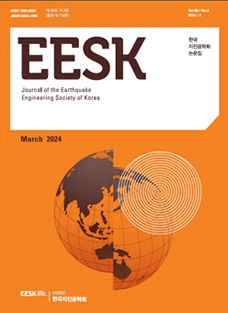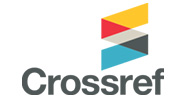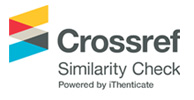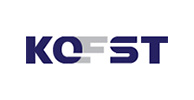![]() Journal Search Engine
Journal Search Engine
ISSN : 1226-525X(Print)
ISSN : 2234-1099(Online)
ISSN : 2234-1099(Online)
Journal of the Earthquake Engineering Society of Korea Vol.18 No.1 pp.53-61
DOI : https://doi.org/10.5000/EESK.2014.18.1.053
DOI : https://doi.org/10.5000/EESK.2014.18.1.053
등가 기둥 모델을 이용한 철근콘크리트 전단벽-골조구조물의 푸쉬오버 해석
Pushover Analysis of Reinforced Concrete Wall-Frame Structures Using Equivalent Column Model
(Received 18 October 2013; Revised 9 December 2013; Accepted 9 December 2013)
Abstract
RC shear wall sections which have irregular shapes such as T, ㄱ, ㄷ sections are typically used in low-rise buildings in Korea. Pushoveranalysis of building containing such members costs a lot of computation time and needs professional knowledge since it requirescomplicated modeling and, sometimes, fails to converge. In this study, a method using an equivalent column element for the shear wall isproposed. The equivalent column element consists of an elastic column, an inelastic rotational spring, and rigid beams. The inelasticproperties of the rotational spring represent the nonlinear behavior of the shearwall and are obtained from the section analysis results andmoment distribution for the member. The use of an axial force to compensate the difference in the axial deformation between theequivalent column element and the actual shear wall is also proposed. The proposed method is applied for the pushover analysis of a 5-story shear wall-frame building and the results are compared with ones using the fiber elements. The comparison shows that the inelasticbehavior at the same drift was comparable. However, the performance points estimated using the pushover curves showed somedeviations, which seem to be caused by the differences of estimated yield point and damping ratios.
Reference

Frequency Bimonthly
Doi Prefix 10.5000/EESK
Year of Launching 1997
Publisher Earthquake Engineering Society of Korea



Online Submission
submission.eesk-j.or.kr
EESK
Earthquake Engineering Society of Korea







